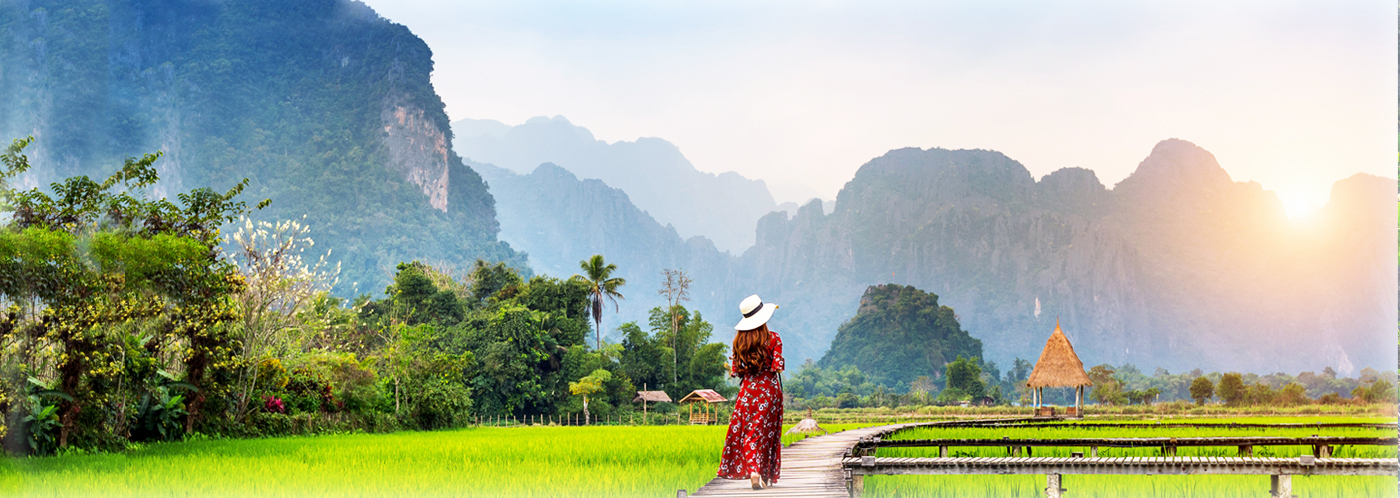Five Architectural Marvels that Bring a Parisian Touch to Da Lat


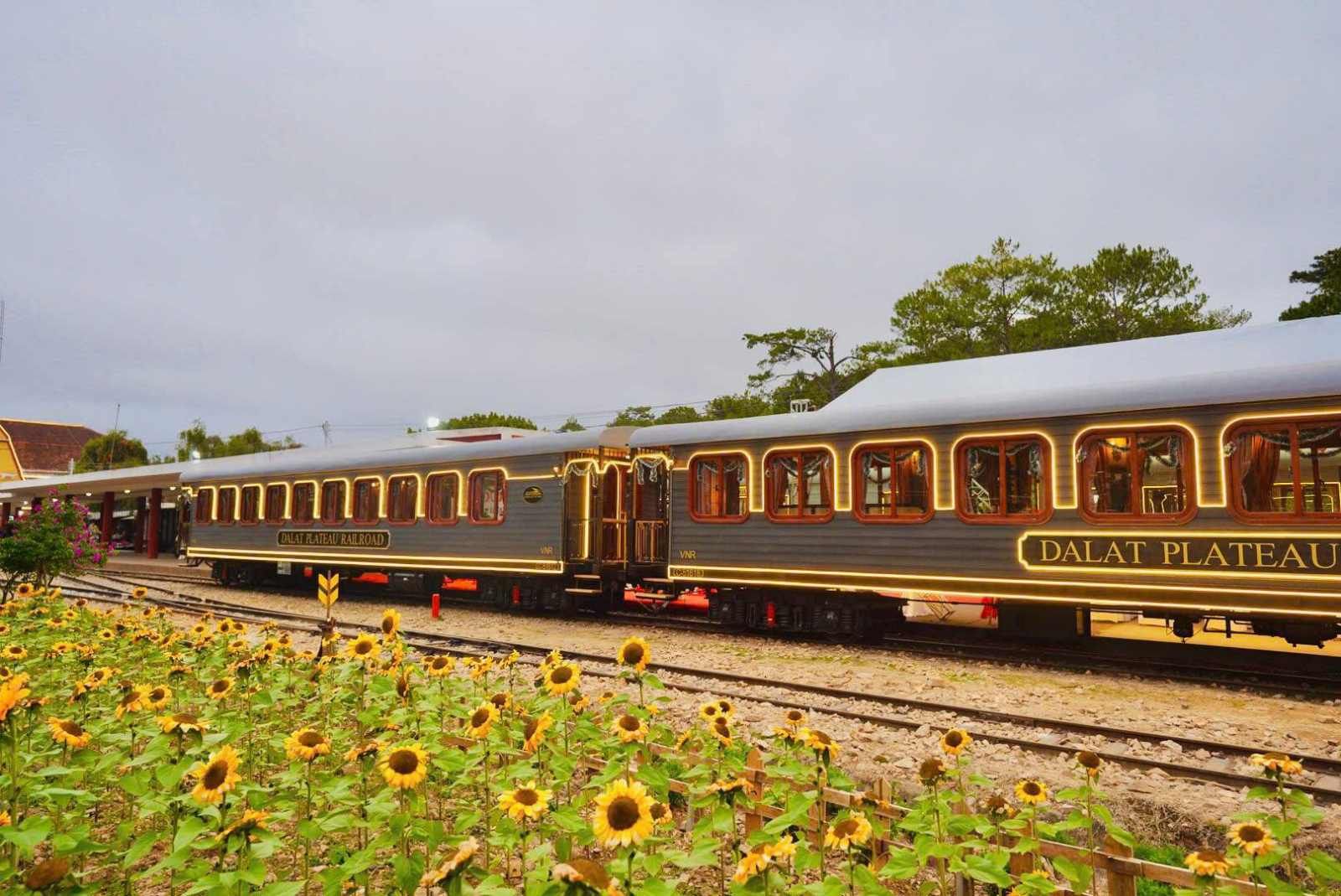



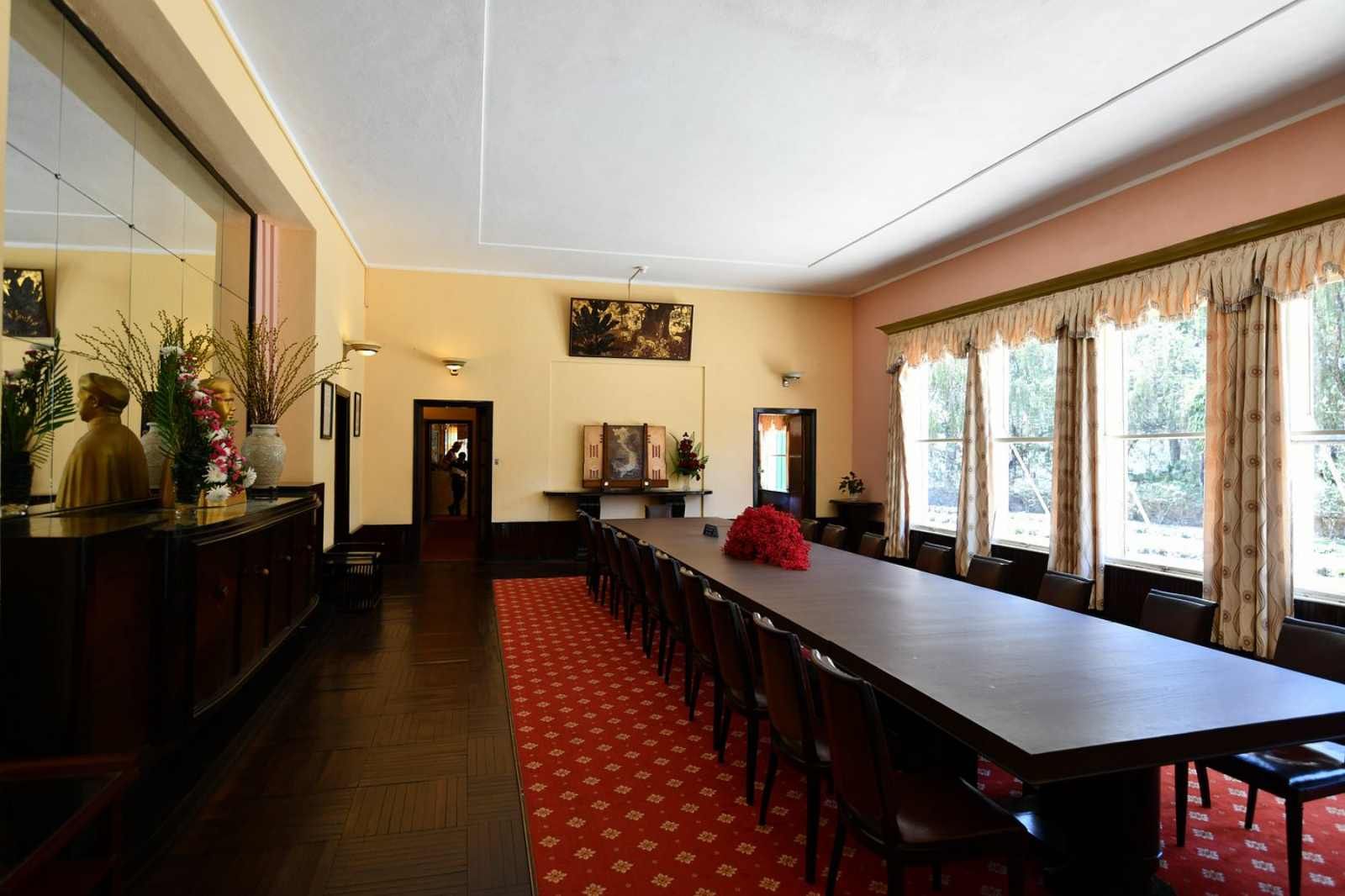



Since the early 20th century, when the French first set foot in Da Lat, they infused this mountain town with a European soul. The influence of Paris can still be felt in its villas, churches, and public buildings, all imbued with a nostalgic charm that evokes a bygone era. Yet beneath their Western façades, these landmarks carry subtle traces of Eastern philosophy, creating a harmonious blend between French sophistication and Vietnamese sensibility.
Da Lat Railway Station
Known as the most beautiful railway station in Indochina, Da Lat Railway Station combines Art Deco design with elements of local architecture. The three sharp triangular roofs on its façade symbolize the Langbiang Mountains and the stilt houses of the Central Highlands. This station once operated on one of the world’s rare cog railways, demonstrating the advanced engineering of the French at the time. Inside, a large clock marks the moment when Dr. Alexandre Yersin discovered the Lang Biang Plateau. The vibrant red-orange interior, colored glass windows, and preserved ticket counters evoke the elegance of the colonial era. The wooden brown carriages outside are now one of the most photographed spots in Da Lat, offering a slow scenic journey through peaceful countryside landscapes toward Trai Mat Station.
Da Lat Teachers’ College
Recognized as one of the 1,000 most remarkable architectural works of the 20th century, Da Lat Teachers’ College has stood proudly for nearly a century. Its signature feature is a semi-circular lecture hall surrounded by a large courtyard. The most striking detail is the 54-meter-high bell tower, shaped like a pen rising into the clear blue sky, symbolizing the pursuit of knowledge. The school’s design reflects French neoclassical influence, with dark slate tiles, red bricks, and symmetrical rows of windows. White twin columns link the levels, creating both grace and strength. The bright terracotta tone of the building stands out vividly against Da Lat’s misty hills. Declared a national heritage site in 2001, the college is not only an architectural treasure but also a symbol of progressive education and intellectual aspiration.
The Rooster Church
Facing the majestic Langbiang Mountain, the Rooster Church is a Roman-style landmark that defines Da Lat’s skyline. Its pinkish façade and symmetrical cross-shaped layout give it a graceful yet commanding presence. The tall bell tower, crowned with a bronze rooster statue, represents the French symbol of courage and vitality. Inside, elegant arches, Roman-style pillars, and nearly seventy stained-glass windows create a divine play of light and color. Every detail of this church reflects both artistic mastery and spiritual reverence, making it one of the most beautiful religious buildings in Vietnam.
Bao Dai Palace III
Also known as the Summer Palace of Emperor Bao Dai, this villa is the grandest of the three royal residences in Da Lat. Surrounded by gardens, pine trees, and sculpted hedges reminiscent of French palaces, the residence exudes a serene, romantic charm. Its flat roof and symmetrical structure reflect modernist French design, while the warm beige tone adds softness and warmth. Inside, the palace houses royal artifacts such as seals, ceremonial robes, and antique weapons, along with a wine cellar and private family quarters. Each room is richly decorated with elegant furniture and refined detailing, expressing the luxury and sophistication of Vietnam’s last emperor.
Cadasa Villas
Located along Tran Hung Dao Street, the Cadasa villa complex captures the essence of northern French villas from the 1930s. Originally built as vacation homes for French officials, these villas are constructed from stone and Indochinese brick, with high arched windows, wide verandas, and lush flower gardens. Their red-tiled roofs and moss-covered yellow walls form a scene that is both graceful and nostalgic. Each villa’s interior is filled with period details such as chandeliers, pendulum clocks, spiral staircases, and hand-carved furniture, creating a deeply romantic atmosphere. Guests can enjoy fine wines at the wooden Flamenco Bar or spend a winter evening by the fireplace, listening to classic melodies. At sunrise, the mist over Langbiang Mountain seen from a villa window completes the dreamlike charm that defines Da Lat.
These five masterpieces are not just architectural relics but living symbols of cultural harmony. They tell the story of a city shaped by French artistry and Vietnamese soul, where every wall and window still whispers the poetry of time.
Recent Post
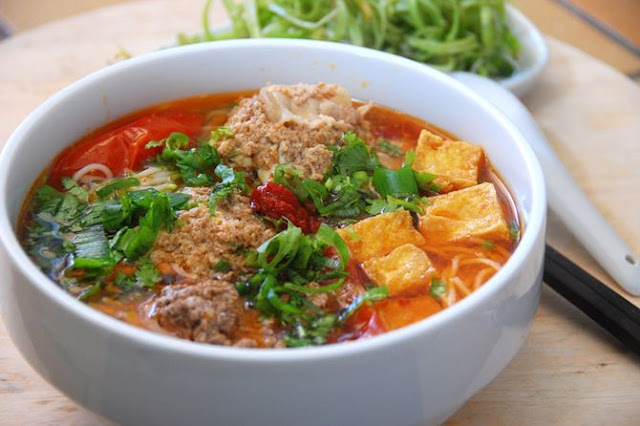
Nha Trang Crab Vermicelli: A Coastal Twist on a Northern Classic
Among Vietnam&rsqu...
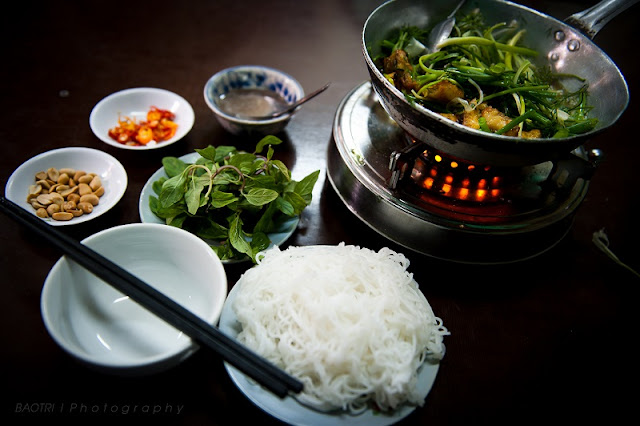
Cha Ca La Vong: The Iconic Hanoi Turmeric Fish with Dill
Among the many bel...
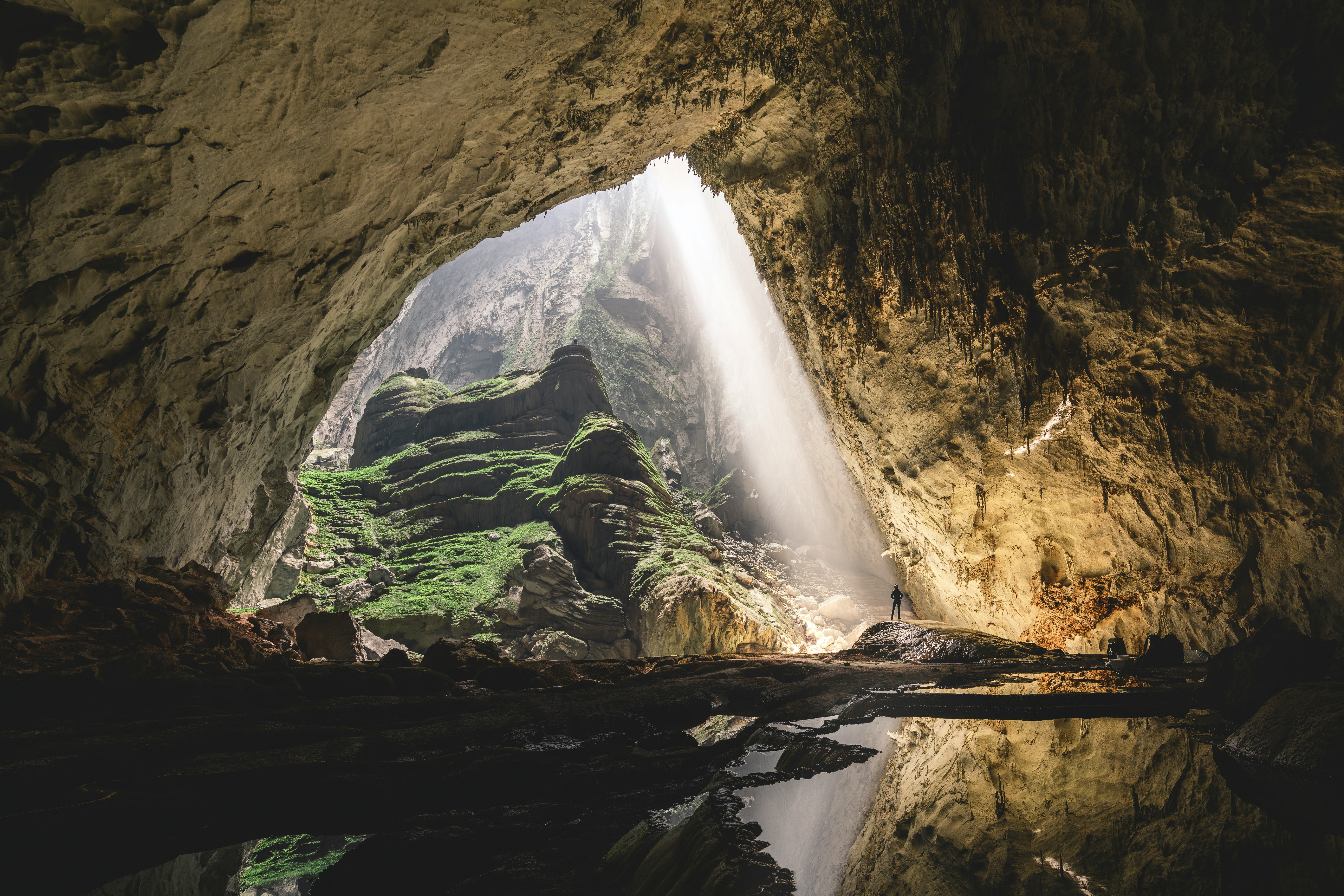
Son Doong Cave - Vietnam’s Emerging Natural Wonder and Tourism Magnet
Located in the cen...
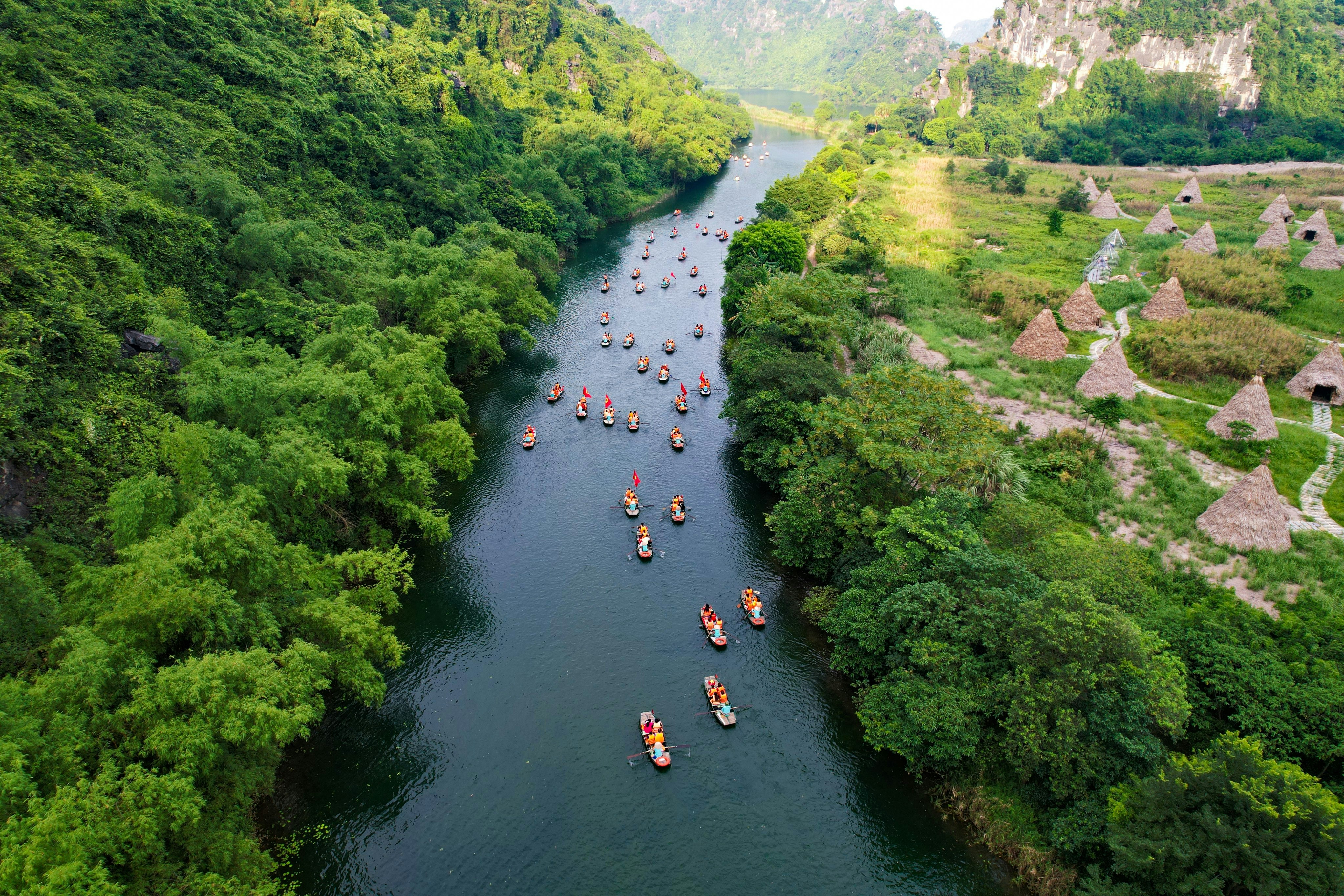
Trang An Scenic Landscape Complex - The “Ha Long Bay on Land” of Ninh Binh
Recognized by UNES...
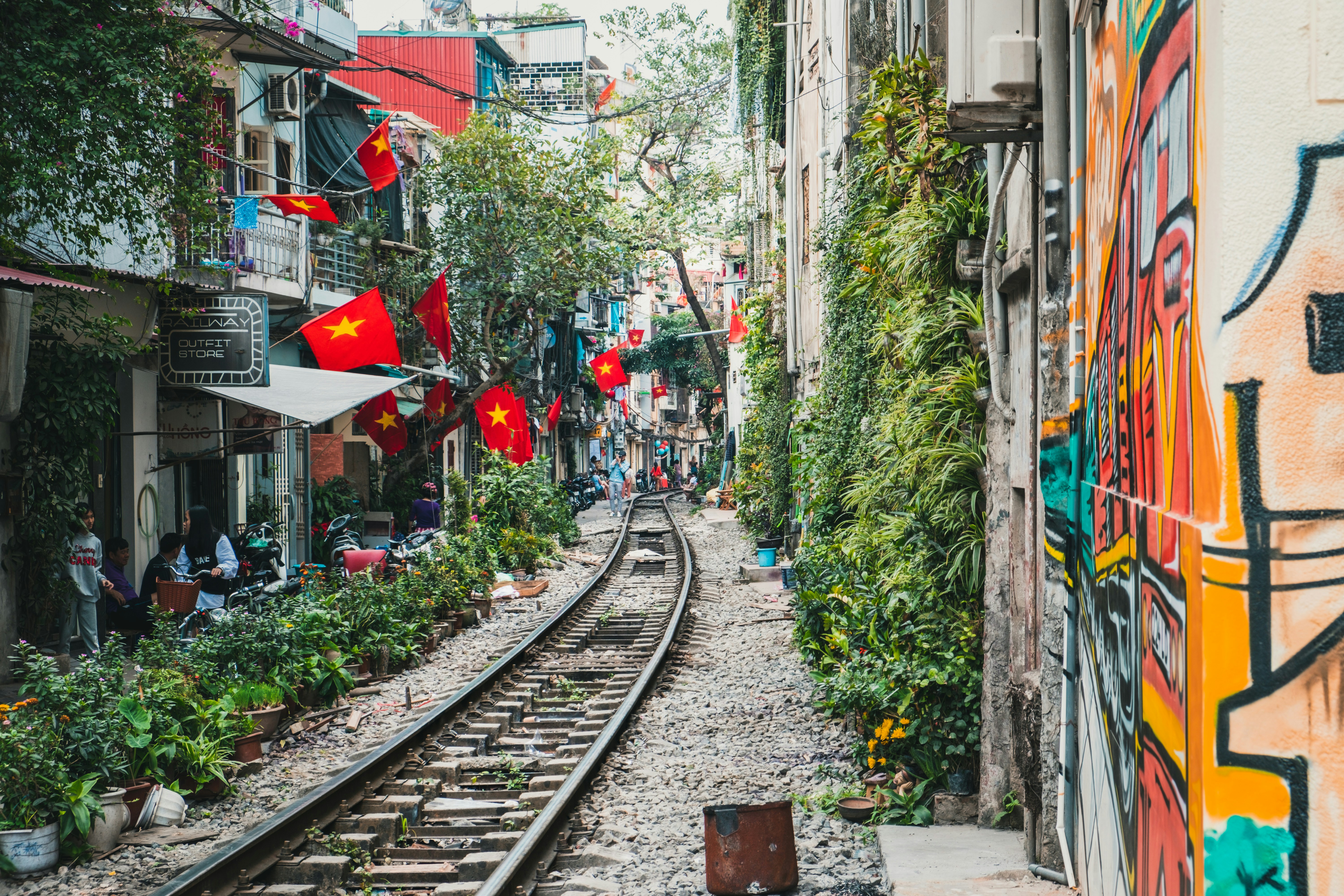
Hanoi Ranks Second Among Asia’s Top Honeymoon Destinations
Hanoi, the capital...
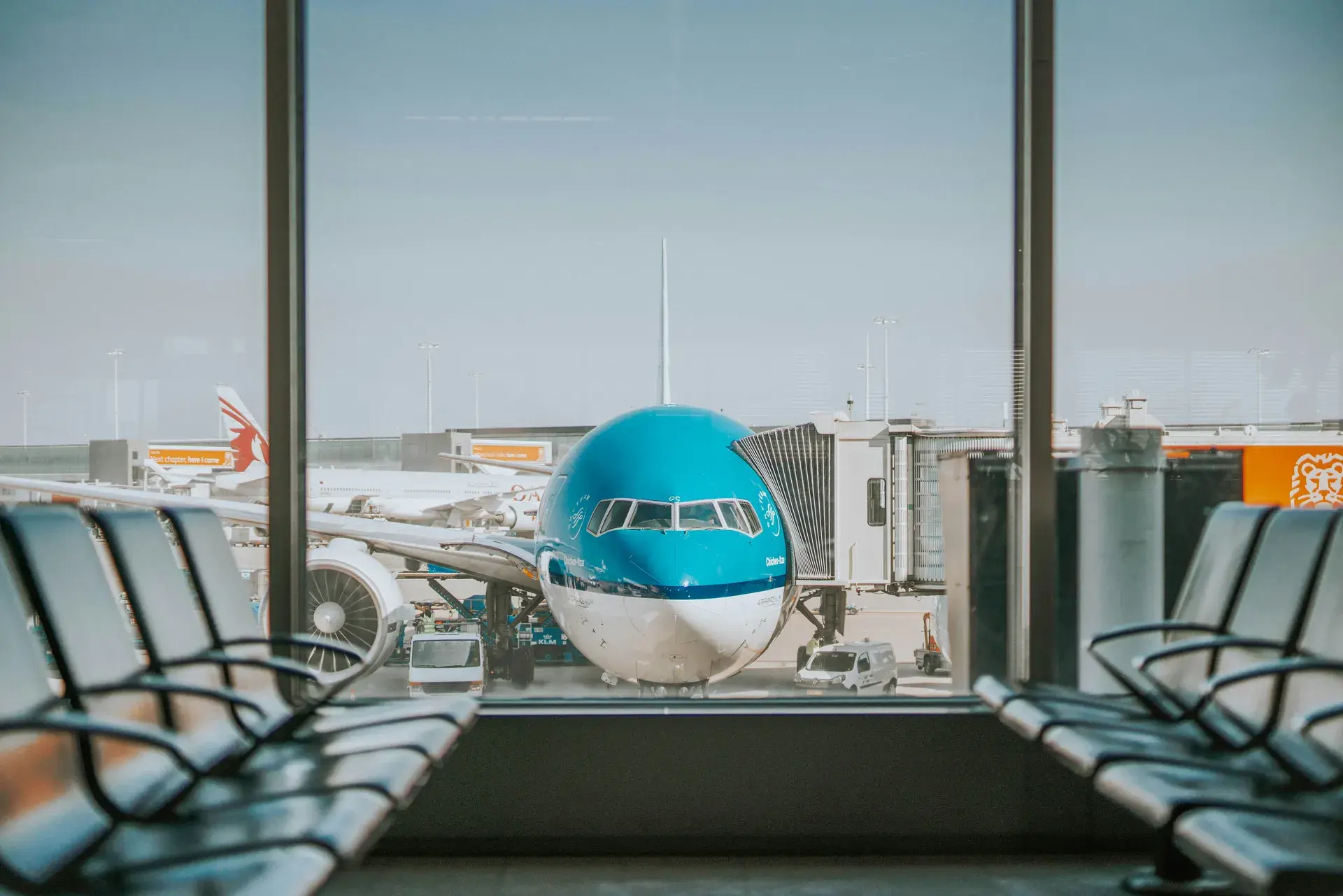
10 Smart Ways to Travel Better While Saving More
Today’s trav...

